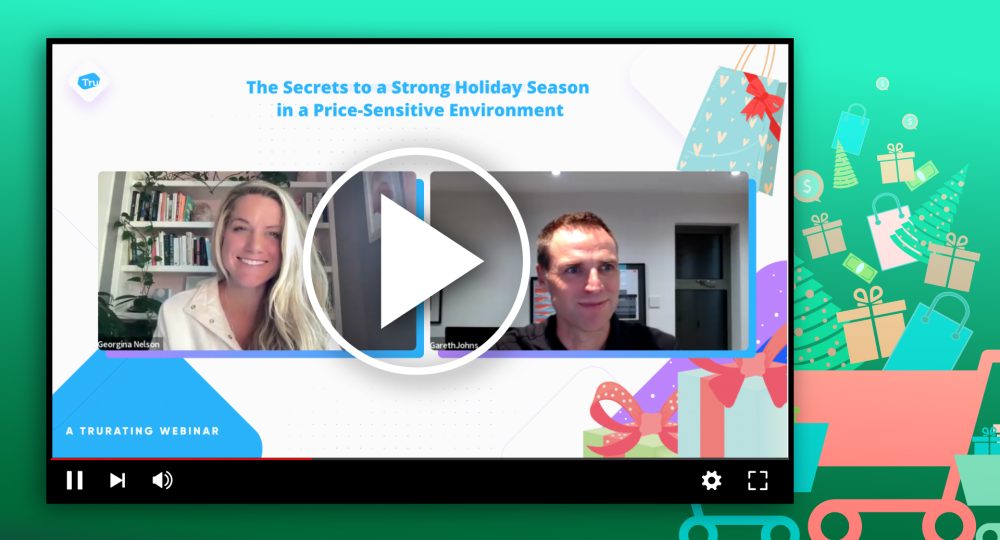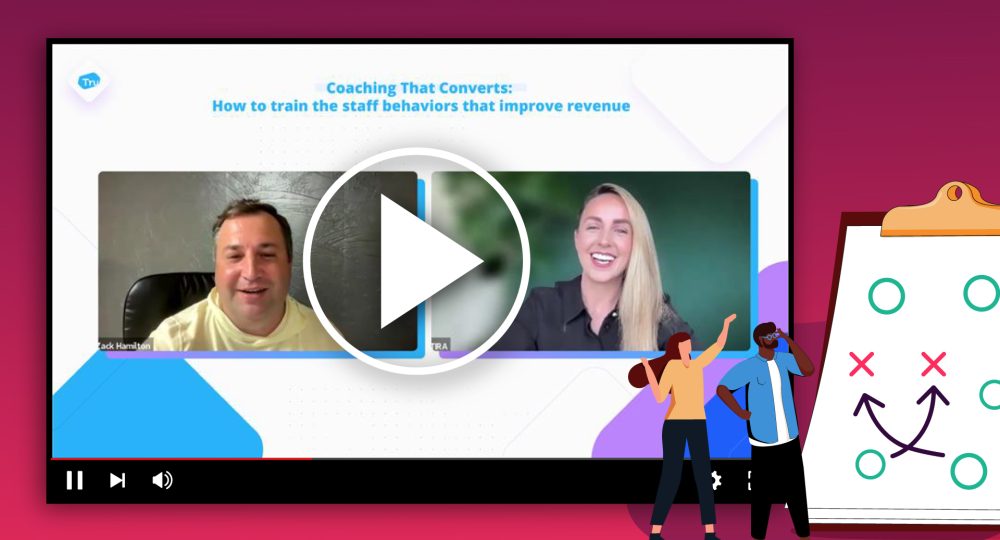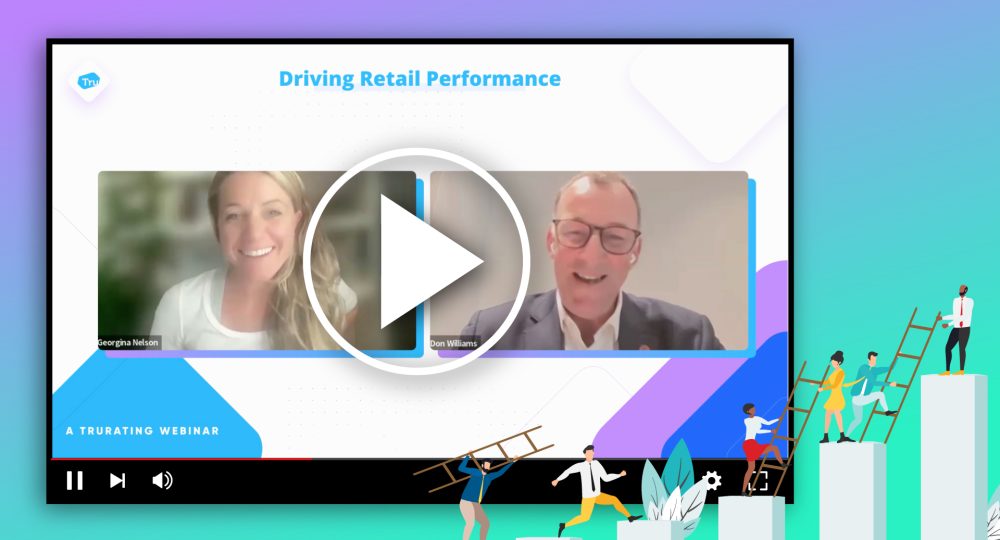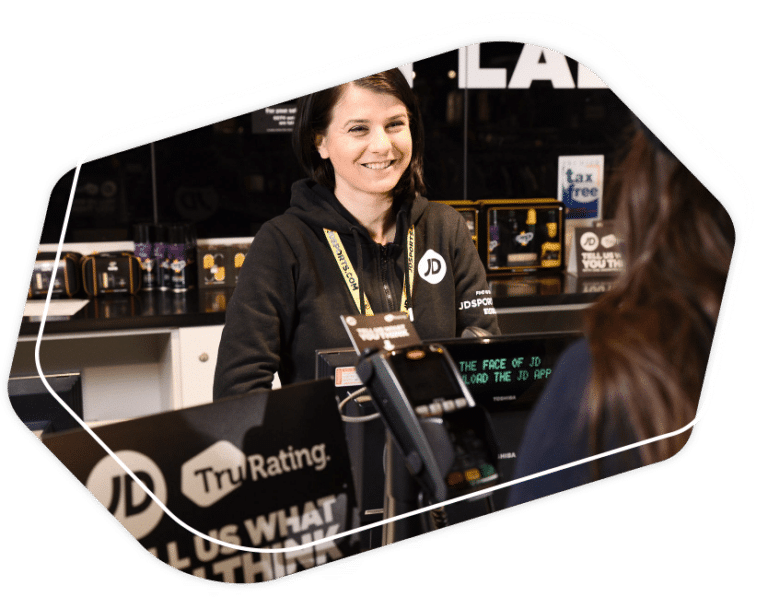In December 2024, we hosted one of our most insightful and action-packed masterclasses to date: “Improving ATV masterclass – how to get your frontline to think ‘sales’, not just ‘service’.” Featuring Gareth Johns, TruRating’s Chief Customer Officer, the session was a deep dive into how retailers can shift their frontline staff’s mindset from simply delivering service to actively driving ATV.
For those who couldn’t attend live or simply want a refresher, you can rewatch the entire session below.
Let’s dive into the five key takeaways that will change how you think about ATV, customer interactions, and the sales potential in your stores.
1. Create a culture of sales, not just service
Gareth emphasized that the key to improving ATV isn’t just about pushing products—it’s about instilling a culture where every member of your team actively thinks about how to increase the value of each transaction. For many stores, this starts with a mindset shift: moving from a service-only mentality to a service + sales approach. When frontline staff understand that their role is not just to serve customers but to guide them toward better purchases, they begin to see the value in suggesting upgrades, add-ons, and cross-sells.
Actionable tip: Start by training your staff on the importance of ATV and how every interaction with a customer can influence the overall sale. Regularly reinforce this with coaching and incentives for staff who drive ATV improvement.
2. Data is key, so track what works and what doesn’t
A data-driven approach is critical when it comes to understanding and improving ATV. Gareth shared how retailers can use tools like TruRating to gather real-time feedback from customers to understand the full customer journey and where things are falling short. By measuring everything from the greeting at the door to the final sale, you can pinpoint which areas of your service need improvement and which behaviors are driving higher transaction values.
Actionable tip: Track metrics at each stage of the customer journey, from greeting to checkout. Use this data to refine your staff training and customer interactions. Understanding what’s working will help you scale your successes and address gaps.
3. The Store Manager’s role is vital
The success of any store’s sales strategy often comes down to one key person: the Store Manager. Gareth pointed out that there’s a massive difference in how stores perform depending on the manager’s approach and leadership style. It’s important to have store managers who understand the importance of sales and are actively coaching their teams on how to improve ATV. Without strong leadership, even the best sales strategies will falter.
Actionable tip: Empower your store managers to take an active role in coaching and mentoring. Provide them with the resources and training they need to lead their teams in both service and sales.
4. Don’t just push products; engage the customer
Simply pushing products at customers won’t increase ATV. Instead, the focus should be on engaging the customer in a conversation about their needs. The more engaged and informed a customer feels, the more likely they are to make additional purchases. Staff who ask thoughtful questions and make clear, relevant suggestions create an atmosphere where customers are more willing to add items to their basket, increasing the value of each transaction.
Actionable tip: Train your team to ask open-ended questions to better understand customer needs. The more you know about what the customer is looking for, the more you can suggest products that meet their needs and increase their purchase value.
5. Small behavioral changes can lead to big results
Lastly, Gareth shared that improving ATV doesn’t require huge, sweeping changes. Often, small behavioral tweaks can make a significant difference in the final sale. From greeting customers in a warm, welcoming way to suggesting additional products at the point of sale, these small shifts in behavior can gradually add up to big increases in ATV over time. It’s about consistency, ensuring your team applies these best practices daily to see real results.
Actionable tip: Focus on making small, consistent improvements in your team’s behavior and customer interactions. Even slight changes, like asking about the customer’s needs earlier in the interaction, can result in a higher ATV when implemented consistently across your store network.
Retail ATV strategies
Now you’ve watched the masterclass, it’s time to take your next step toward driving higher ATV in your retail environment. The strategies discussed in the masterclass are just the beginning. Download our detailed ATV guide to build on these ideas and truly transform your approach.
This free resource dives deeper into practical steps for creating a sales-first culture in your store. It will show you how to use data-driven insights to fuel your sales strategies and help your frontline staff become experts at turning every customer interaction into a sales opportunity.
In this guide, you’ll learn how to:
- Shift your frontline staff mindset from service to sales
- Overcome barriers to building a sales-driven culture
- Build a motivated, empowered team that drives real results
- Use data to measure and maximize your sales success
Download our guide now and get actionable strategies you can implement today to start improving your ATV and creating the kind of customer experiences that lead to increased loyalty and revenue.












